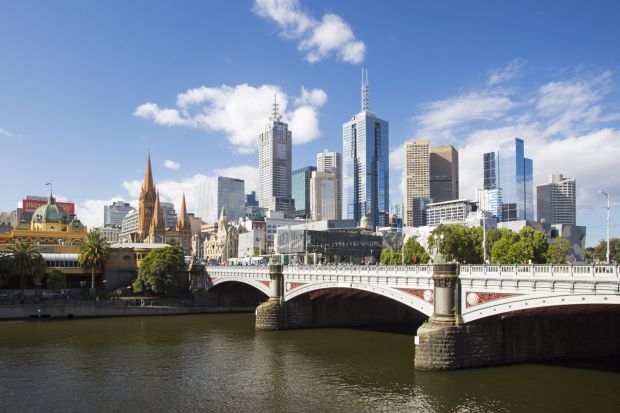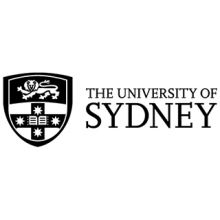The University of Melbourne has posted record revenue and a surplus of more than A$500 million (£283 million), in another example of an Australian institution parlaying coronavirus pressures into unprecedented financial success.
Australia’s top-ranked university boosted its earnings by 18 per cent to almost A$3.2 billion last year, making it the third institution to break the A$3 billion income barrier after Monash and Sydney universities posted similar results last month.
Melbourne attracted an additional A$189 million in federal government allocations, claiming more than one-tenth of the extra A$1 billion in research funding granted to the sector as a Covid-19 relief measure. The university also increased its investment earnings by almost A$50 million, while the paper value of its financial assets rose by more than a A$250 million.
Fears of a collapse in international education earnings proved unfounded, with income from this source increasing by A$11 million.
The university said its “underlying operating result” was a more modest A$147 million. It said that most of the surplus was not available to fund day-to-day operations, with the money tied to “specific purposes and unrealised gains”.
The university also highlighted the volatility of its paper earnings, saying that the current market value of its investments was about A$200 million less than the figures disclosed in its 2021 accounts.
Melbourne said that without the extra research funding and “cost reduction measures” that had saved it more than A$250 million, it would have faced a “considerable operating loss”.
Vice-chancellor Duncan Maskell did not anticipate a repeat of this good fortune. He predicted a “large operating deficit” in 2022, with university revenues over four years expected to be A$1.4 billion less than pre-pandemic forecasts. While last year’s “strong” result would help, the university “must continue its careful and prudent approach to financial management [because] we continue to face a number of challenges”, he said.
The National Tertiary Education Union said cost reduction measures were “management speak” for cutting jobs and conditions. “Operating surpluses should not be the result of underpaying casual staff,” said national president Alison Barnes.
“University management has promised it will dramatically reduce its reliance on casual staff. They must make good on their promise.”
Dr Barnes said the financial accounts showed that Melbourne’s executives had collectively earned almost A$13 million. “[They] can clearly afford to pay their academic and professional staff correctly, employ [them] securely and…award them a fair pay rise.”
The accounts show that Melbourne was one of the few Australia universities that increased its staff expenditure last year, albeit by just 0.2 per cent. Melbourne’s workforce increased by almost 600 and tenured employee numbers rose by more than 650, boosting the securely employed proportion of staff from 45 to 49 per cent.
While massive surpluses appear unlikely to encourage federal spending on universities, the New South Wales (NSW) government bankrolled some major higher education and research initiatives in its 21 June state budget. They included A$143 million towards a biomedical research complex at the University of Sydney and the neighbouring Royal Prince Alfred Hospital, and A$119 million over 10 years to help translate RNA therapeutics research into clinical and commercial products.
The state government has also pledged A$18 million towards a new University of Newcastle campus and A$142 million to help fund research infrastructure in sectors “where NSW has a natural competitive advantage, such as quantum computing”.
Register to continue
Why register?
- Registration is free and only takes a moment
- Once registered, you can read 3 articles a month
- Sign up for our newsletter
Subscribe
Or subscribe for unlimited access to:
- Unlimited access to news, views, insights & reviews
- Digital editions
- Digital access to THE’s university and college rankings analysis
Already registered or a current subscriber? Login










